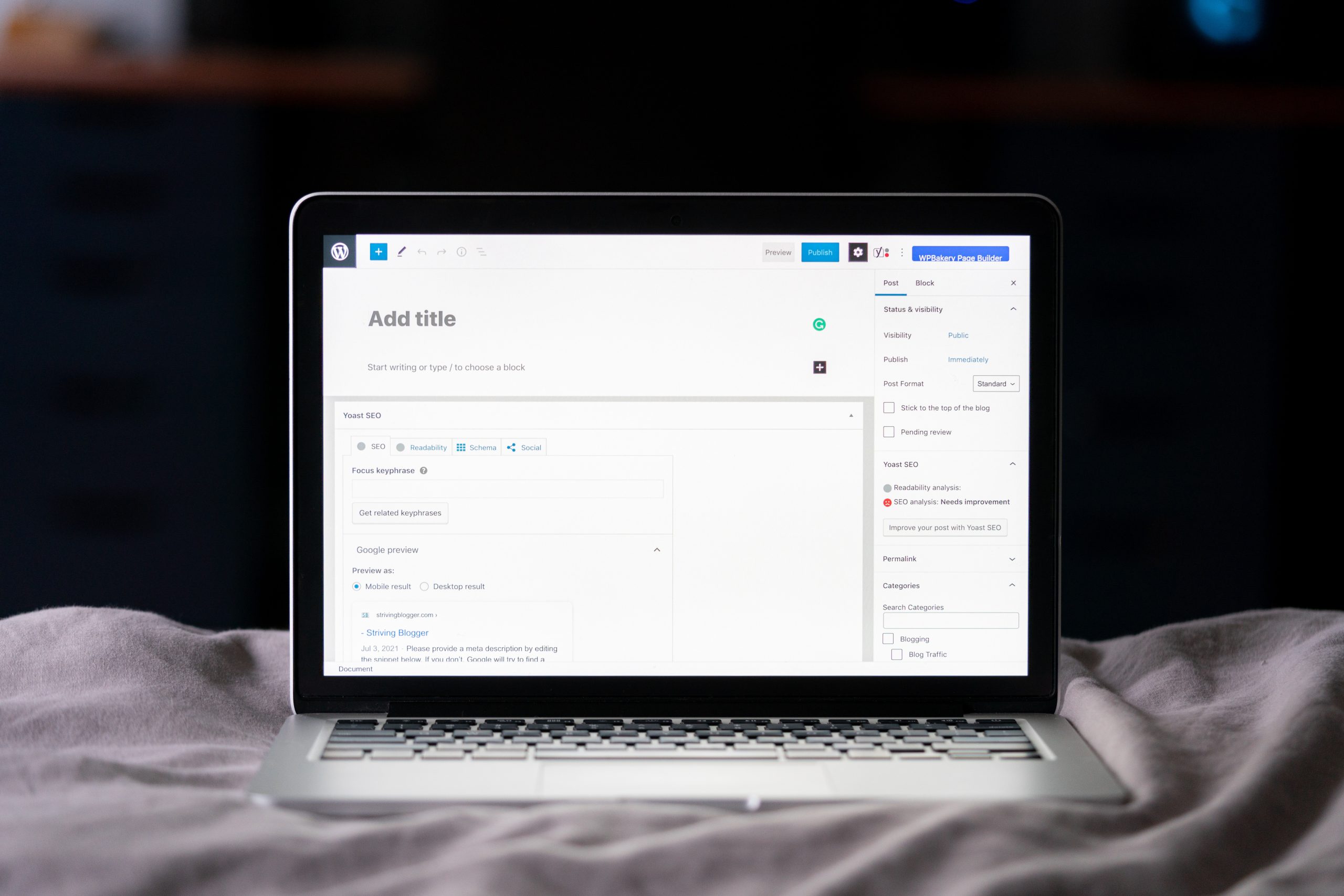Writing the perfect title tag is one of the most important elements of SEO, yet it’s often overlooked or underutilized by marketers. A well-crafted title and tag can give you a significant boost in organic search visibility and help attract more visitors to your page.
Unfortunately, with all the complexity that goes into digital marketing today, understanding what is the title tag and how to create an effective tag for SEO purposes can be daunting, especially if you’re just starting or taking on a new project.
So don’t worry! In this blog post, we’ll uncover what exactly goes into creating an SEO-friendly title tag as well as why they are so vital in today’s web world.
Understanding Title Tags & What They Do
As a website owner or developer, understanding what are title tags and what they do is essential in optimizing your site for search engines. Put simply, these are HTML elements that provide:
- A Brief and concise description of the page to the search engine and the user
- Vital information about the content on the page and search engines rank your site
A well-crafted title and tag can make the difference between a high-ranking search result and being on the second of search results. A title tag example for a product page lets search engines and users know what the page is about.
So, when it comes to optimizing your site for search engines, understanding what is the title tag and mastering it is an absolute must.
Crafting the Perfect SEO-Friendly Title Tag
What are title tags? It is the HTML element that provides a brief description of the content of a webpage to search engines.
It is the clickable link that appears on the search engine results page and serves as the first impression of your website to potential viewers. A perfect SEO-friendly title tag requires a mixture of creativity and strategy and must:
- Entice readers to click
- Contain important keywords that accurately describe your page’s content
- Be concise, no more than 60 characters
- Follow a consistent format across all pages of your website
A good title tag example for a blog post about the benefits of yoga may read, “5 Reasons Why Yoga Will Improve Your Mind and Body | ABC Yoga Studio”. Remember, title tags are crucial to SEO and can greatly impact your website traffic, so don’t underestimate their importance.
Tips for Writing Compelling Titles That Boost Visibility
In today’s digital age, having a strong online presence is essential for businesses to succeed. One key element to achieving this is by optimizing your website’s title tags. But what is the title tag? Simply put, it’s an HTML tag that specifies the title of a webpage.
When done correctly, title tags can greatly impact the visibility of your website and draw in more traffic. However, it’s important to understand what are title tags and how they can stand out from the crowd. A good title and tag should:
- Accurately describe the content of your webpage
- Include relevant keywords
Another title tag example is if your webpage is about “10 Tips for Writing Compelling Titles”, it could be “Boost Your Visibility with These Must-Know Title Writing Tips”.
By crafting a strong title and tag, you increase the chances of your website being clicked on and viewed by potential customers.
Examples of High Performing Title Tags
What are title tags? These are essential elements in on-page SEO optimization. These tags are HTML code snippets that provide essential information about web page content to search engines and users.
They are placed in the head section of the HTML document and appear as clickable links in search engine results.
A captivating and informative title and tag are crucial for web pages to rank on the search engine results pages (SERPs). There is high-performing title tag example, but some of the best ones are those that include:
- Target keywords
- Provide useful information
- Evoke curiosity
- Brief and concise
Remember, crafting an excellent title tag is essential for any website that aims to garner more clicks, higher ranking and drive more traffic to its pages.
How to Optimize Your Title Tag for Mobile Search
What is the title tag? This is an essential aspect of on-page SEO, as they serve as a summary or description of a webpage’s content. Their importance grows even more in mobile searches, where space is limited, and the title and tag need to fit on a smaller screen.
In essence, they are the first impression of your webpage that users see on the search engine results page (SERP). To optimize your title and tag for mobile search, you must:
- Keep it concise
- Use relevant keywords
- Make it compelling enough to encourage click
If you’re running an e-commerce website that sells women’s shoes, an excellent title tag example would be: “Stylish Women’s Shoes | Affordable Prices | [Brand Name].”
In summary, a well-crafted title can significantly increase your website’s visibility, attract more clicks, and ultimately, improve your SEO efforts.
Measuring Title Tag Performance and Analyzing Results
The title is a crucial component of any web page’s metadata. But what are title tags? Simply put, it is the text that appears in the browser tabs and search engine listings to provide a brief description of what the page contains.
Title tags are typically short, between 50 and 60 characters, and convey the most important information about a page’s content. To determine the effectiveness, measuring the performance of your tags involves analyzing key metrics like:
- Click-through rates
- Bounce rates
A well-crafted title and tag can significantly improve your website’s search engine ranking and attract more organic traffic. For example, a compelling tag might include a descriptive statement about your company’s services, such as “Expert Lawn Care Services for a Beautiful Landscape.”
With proper measurement and analysis, you can ensure your tags are performing at their best to drive traffic and increase engagement on your website.
Crafting the perfect tag can be a highly effective way to boost your SEO visibility and drive more organic traffic. It is important to first understand the basics: what is the title tag and what it does.
Once you have that part nailed, you should consider things like relevance, length, and formatting when creating your titles. There are also important aspects to look out for when optimizing for mobile search.
Finally, be sure to track how well your title tags are performing so that you can continue making adjustments that will help improve visibility. With these strategies in mind, you’ll be well on your way to unlocking the benefits of an SEO-friendly title tag.




